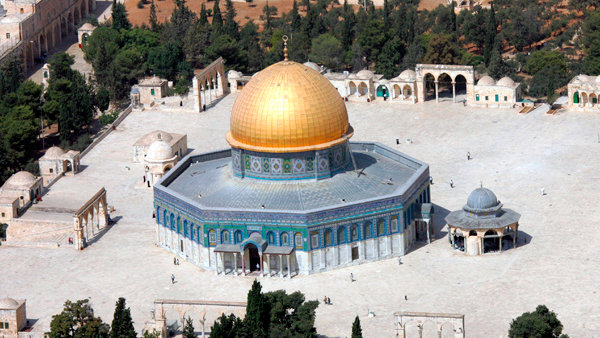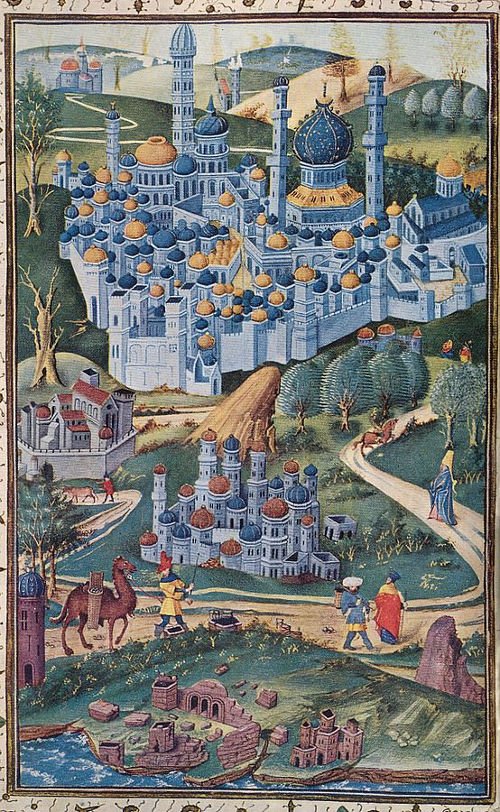The Eight-Star Star, Rub el Hizb, the Symbol of Islamic Prosperity?

source
Astrology that has evolved since ancient times also describes eight stars, depicting the four corners of space consisting of eight lines representing the North, South, East, West, and emapt angles between them. The Maya Quetzalcoatl tribe uses Az Tzul Ahaw, a symbol believed to represent the god of Venus, in which the glyph Venus is depicted on his face.
The Eight-Star Symbols In Religious Literature
The Star of Al-Quds (Najmat al-Quds) is an adaptation of the Rub el Hizb symbol that is specifically related to al-Quds (Jerusalem). The design of the eight-pointed star is inspired by the octagonal oceans plan of Umayyah at Dome of the Rock, built to commemorate the status of Jerusalem as the first direction or direction of prayer in Islam.
In the painting of the Holy Land (Holy Land) in 1455, Jerusalem painted a viewpoint from the west. Where the Dome of the Rock still maintains an octagonal shape, the right side of Al-Aqsa is shown in the church building.

source
In Islamic literature known as Rub el Hizb is represented in the form of two square overlaps, where this symbol is also found on some emblems and flags. In Arabic, Rub means 'the fourth, short', while the Hizbildan group or party. At first this symbol is the Qur'an which is divided into 60 Hizb or 60 groups of approximately the same length. This symbol sets every quarter of Hizb ut-Tahrir, while Hizb becomes one and a half juz. The aim is as a separator to facilitate the recitation of the Qur'an, no more. In addition, this symbol is also a marker for the end of the chapter in Arabic calligraphy.